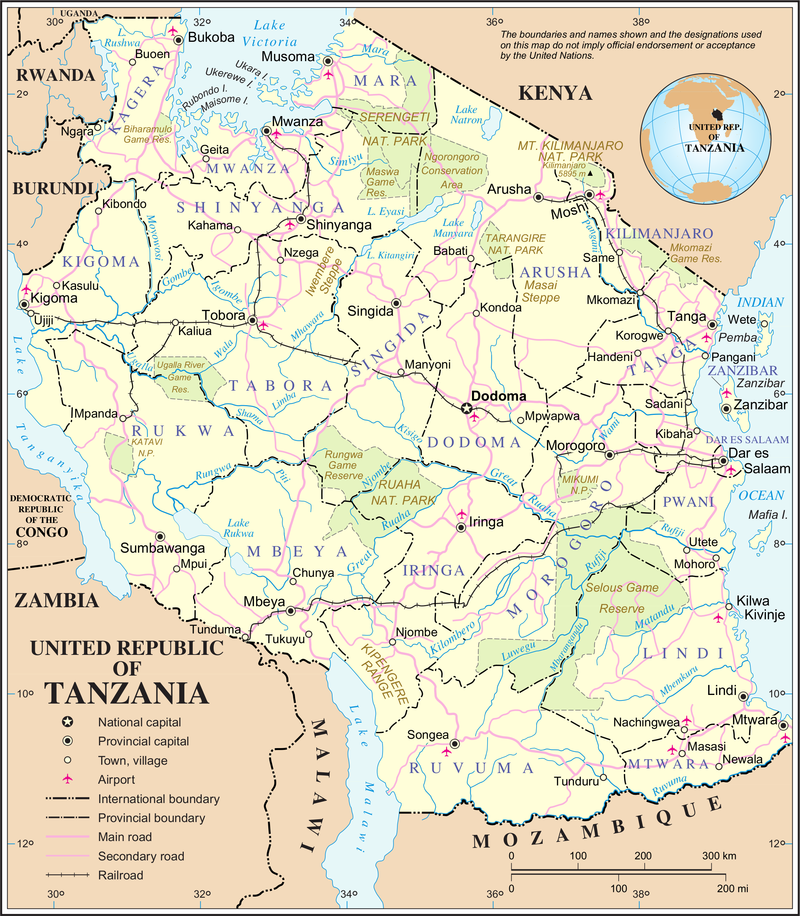Innovation in TMA Strategy 2
The programme will continue to support increase in trade, as a model to drive economic transformation and achieve sustainable and inclusive prosperity in Tanzania. There will be continued investment to increase the efficiency and productivity of the Dar es Salaam Port, Central Corridor and border posts and developing agriculture-related economic growth along the Dar/SAGCOT corridor to Zambia. Also, the programme will improve standards, leveraging ICT for trade, support advocacy for trade policy, and removing NTBs.
TMA will focus on inclusiveness by ensuring that women, the poor and small businesses are increasingly involved in the local, regional and international trade. Cross-border trade interventions will focus on increasing access to information and simplifying trade information and procedures that enable small cross-border business to get started.
The strategy provides guidance on the institutional and policy reforms necessary to execute the Vision 2025 and its implementation strategies (notably the FYDP II) and deliver on its goals and can thus play a central role in facilitating economic transformation, industrialisation and human development in Tanzania and propelling the country towards middle-income status by 2025.
TMA strategy 2 aligns well with the FYDP II priority areas of; (i) fostering economic growth and industrialisation; (ii) fostering human development and social transformation; (iii) improving the environment for business and enterprise development; and (iv) strengthening implementation effectiveness. The FYDP II highlights a number of flagship projects and interventions, most of which align with TMA Strategy 2. These projects include; skills development and development of the Central, North-West and Mtwara Development Corridors, as well as enhancing trade for growth. TMA Strategy 2 envisages an important role for the private sector, PPD, and conducive policy and regulatory environment for trade, as an engine of growth.




















